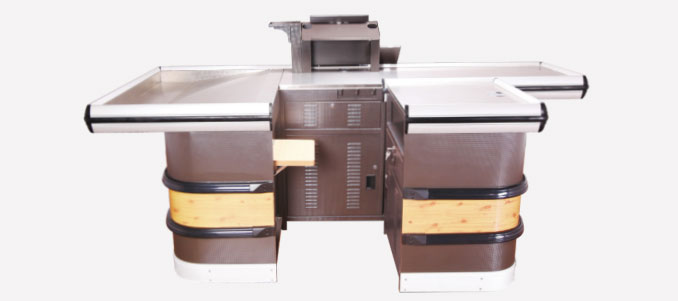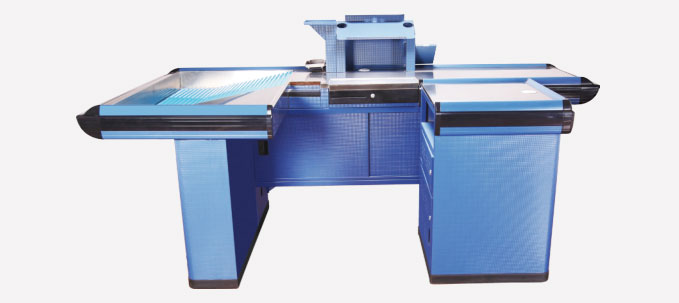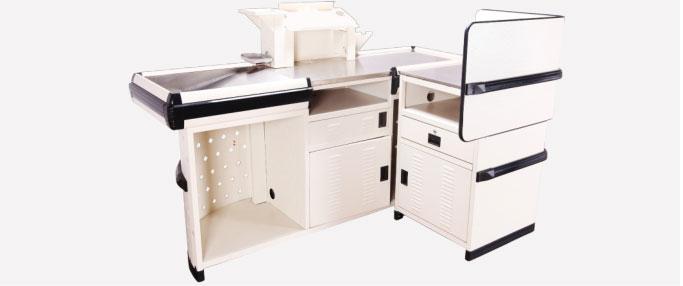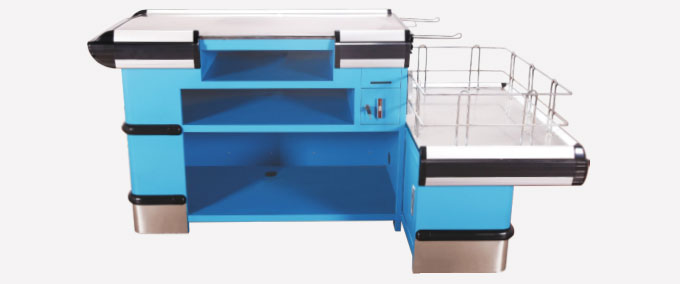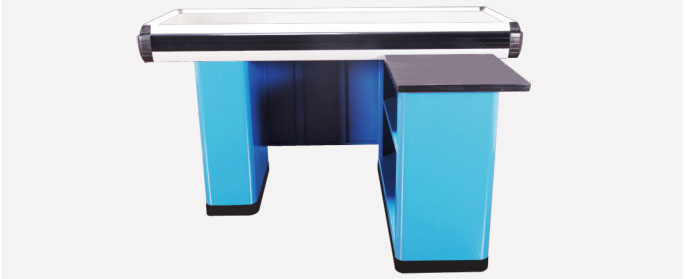Introduction
When it comes to designing a supermarket, one of the most critical areas to focus on is the checkout counter. This is where customers finalize their purchases and create their last impression of your store. A well-designed supermarket checkout counter can significantly enhance customer satisfaction, improve efficiency, and even boost sales. But how exactly can this be achieved? In this article, we will explore the importance of checkout counter design and provide insights into creating an optimal shopping experience.
The Importance of Checkout Counter Design
The checkout counter is more than just a place where customers pay for their groceries. It is an integral part of the shopping experience that can make or break a customer’s overall satisfaction. A poorly designed checkout counter can lead to long wait times, frustration, and even abandoned purchases. On the other hand, a well-designed counter can streamline the checkout process, reduce congestion, and leave customers with a positive impression of your store.
Key Elements of a Well-Designed Supermarket Checkout Counter
Designing an effective checkout counter involves considering several factors, including layout, functionality, and aesthetics. Here are some key elements to keep in mind:
1. Layout and Space Optimization
The layout of the checkout counter should be designed to maximize space efficiency. This means ensuring that there is enough room for customers to comfortably place their items without feeling cramped. Additionally, the counter should be positioned in a way that allows cashiers to move freely and perform their tasks without obstruction.
2. Ergonomics
Ergonomics plays a crucial role in the design of the checkout counter. The height of the counter should be appropriate for both cashiers and customers, reducing the risk of fatigue and discomfort during long shifts. The placement of scanners, payment terminals, and other equipment should also be considered to ensure that they are easily accessible and user-friendly.
3. Aesthetics and Branding
The design of the checkout counter should align with the overall branding and aesthetic of the supermarket. This includes the use of colors, materials, and signage that reflect the store’s identity. A visually appealing checkout area can enhance the shopping experience and create a lasting impression on customers.
4. Technology Integration
In today’s digital age, integrating technology into the checkout counter design is essential. This can include self-checkout lanes, digital signage, and mobile payment options. Not only does this enhance the shopping experience, but it also streamlines the checkout process and reduces wait times.
The Impact of Checkout Counter Design on Sales
A well-designed checkout counter can have a direct impact on sales. By creating a smooth and efficient checkout process, you can encourage customers to make impulse purchases and increase their overall spending. Additionally, a pleasant checkout experience can lead to customer loyalty, which is crucial for long-term business success.
Future Trends in Supermarket Checkout Counter Design
As technology continues to evolve, we can expect to see significant changes in the design of supermarket checkout counters. Some upcoming trends include:
- Increased use of artificial intelligence and automation
- More emphasis on sustainability and eco-friendly materials
- Integration of personalized shopping experiences through data analytics
- Enhanced security measures to protect customer data
Conclusion
In conclusion, the design of a supermarket checkout counter is a critical aspect of retail design that should not be overlooked. By focusing on layout, ergonomics, aesthetics, and technology integration, businesses can create a checkout experience that not only satisfies customers but also drives sales. As the retail industry continues to evolve, staying ahead of the curve with innovative checkout counter designs will be key to maintaining a competitive edge.

